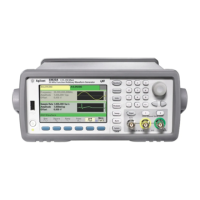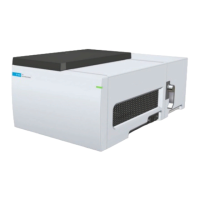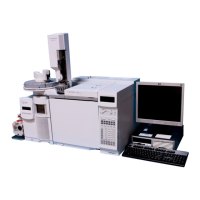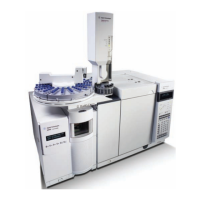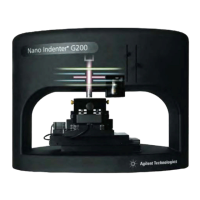114
Chapter 3 Features and Functions
Amplitude Modulation (AM)
3
Amplitude Modulation (AM)
A modulated waveform consists of a carrier waveform and a
modulating waveform. In AM, the amplitude of the carrier is varied
by the instantaneous level of the modulating waveform. The waveform
generator will accept an internal or external modulation source. The
33500 Series offers two types of AM: DSFC (Double-Sideband, Full-
Carrier, the type normally used for AM radio broadcasting) and DSSC
(Double-Sideband, Suppressed Carrier).
For more information on the fundamentals of Amplitude Modulation,
refer to chapter 5, “Tutorial.”
To Select AM Modulation
• The 33500 Series will allow only one modulation mode to be enabled
at a time on a channel. For example, you cannot simultaneously
enable AM and FM. When you enable AM, any previous modulation
mode is turned off. The two-channel 33522A can combine the
modulated waveforms from two channels together by adding them
(see the COMBine command in the Agilent 33500 Series
Programmer’s Reference Help for details). The modulation on each
channel is independent of the modulation on the other channel. See
the PHASe:SYNChronize command in the Agilent 33500 Series
Programmer’s Reference Help for details.
• The waveform generator will not allow AM to be enabled at the same
time as sweep or burst. When you enable AM, the sweep or burst
mode is turned off.
• Front-Panel Operation: You must select AM before setting up any of
the other modulation parameters. Press and then select AM
using the Type softkey. The AM waveform is output using the present
settings for the carrier frequency, modulating frequency, output
amplitude, and offset voltage.
• Remote Interface Operation: To avoid multiple waveform changes,
enable AM after you have set up the other modulation parameters.
AM:STATe {OFF|ON}

